We interview Wanda on her Top food & wine experiences for visitors
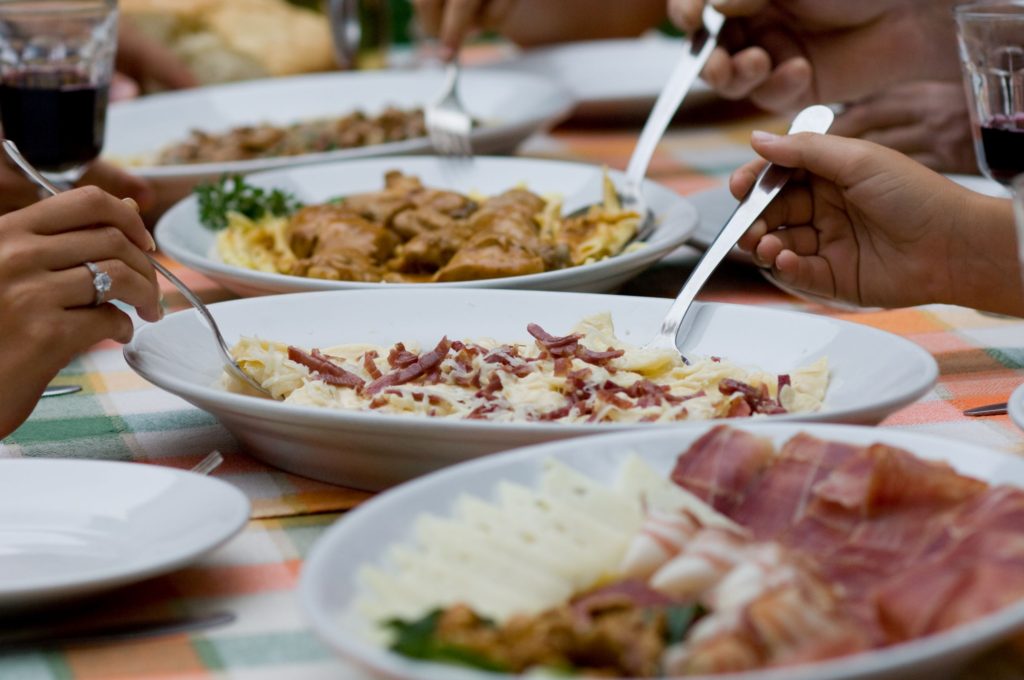
Our Luxury Travel Designer, Tara Busch, interviews Wanda for her take on some of the undiscovered culinary treasures visitors to Croatia should know (and taste)!
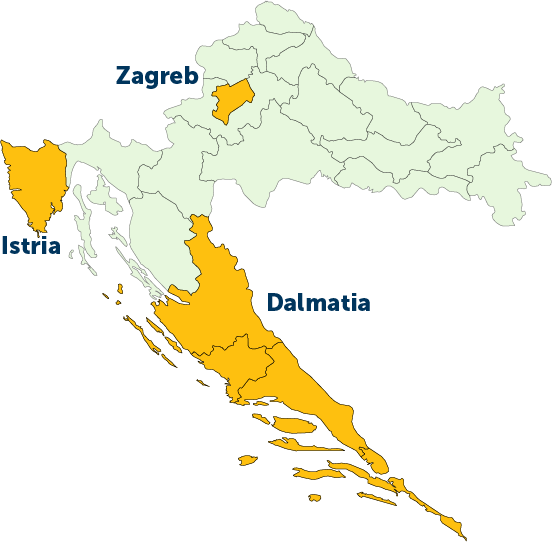
Tara: What three regions of Croatia should foodies include in their visit?
Wanda: Croatia has a rich culinary tradition which has been influenced not only by its geography, but also by its occupants. Visitors will find a strong contrast between the seafood and Venetian flavors of the coast, and the peppery Central European stews of the mainland. To fully experience this magnificent variety, I recommend visiting the regions of Istria, Zagreb and Dalmatia. Let me elaborate why this is my suggestion….
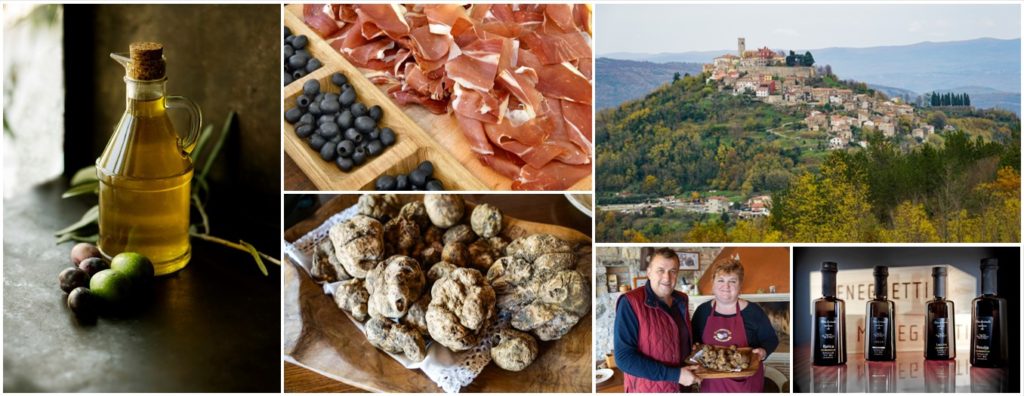
The region of Istria
- The heart shaped peninsula of Croatia on the northernmost area of the Adriatic is a true paradise for food lovers. Here you will find strong Venetian and Northern Italian influences, polenta, handmade pastas, wild asparagus, porcini mushrooms…
- Black truffles are harvested in Istria year-round, with the white truffle season starting in September and usually lasting through January. It is possible to unearth your own truffle as you learn to hunt for the precious tuber led by specially trained truffle-hunting dogs. This is an experience we love sharing with our travelers, and is best organized when exploring the loveliness of the hill towns of Motovun, Groznjan and Buzet that overlook the Mirna Valley.
- Award winning olive oils – even the Roman Emperors built their summer villas in Istria, because, we are told, among the many lures of Istria, the best olive oils of the Empire were produced there. Today, we delight in the sophistication of the culinary secrets of combining different extra virgin olive oils with local specialties. Flos Olei, the prestigious Italian guide to the world of olive oils, has again in 2020, declared Istria the best olive oil region in the world, for the fifth consecutive year
- Istrian pršut – the Croatian version of Italy’s prosciutto, Spain’s serrano, or Germany’s speck. Autochthonous, processed in the traditional Istrian manner, dry-cured with local sea salt and organic spices, Bura wind, air-dried. As gourmands of Istrian will tell you, the perfect Istrian pršut must be delicately hand sliced to melt in the mouth.
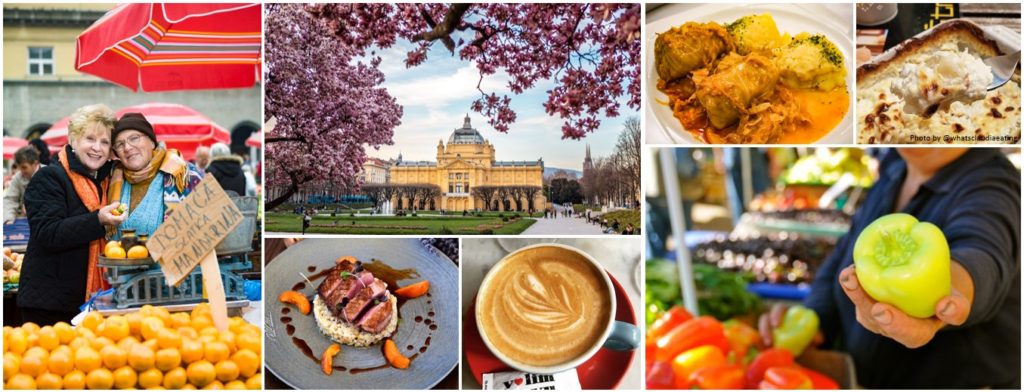
The Capital region of Zagreb
- In the cuisine of Zagreb, you will find favors and dishes reminiscent of Austrian, Hungarian, Turkish and Slavic cultures. Hearty dishes like Sarma (cabbage rolls) or creamy baked Štrukli are ubiquitous here. This is the comfort food capital of Croatia.
- Zagreb is an effervescent destination of sophistication, artistry, and vitality – all of which is apparent in its culinary scene. In addition to the classics mentioned above, dynamic new restaurants such as the Michelin starred Noel and trendy Pod Zidom Bistro are putting their own spin on Croatian cuisine, reinventing favorites with modern techniques and flavors.
- The Dolac Market is the green heart of the city, and a must visit for any food lover. The market is comprised of outdoor vendors selling fruit and vegetables, as well as indoor stalls selling meat and dairy products. It has earned its nickname “The Belly of Zagreb.”
- Coffee culture is important in Zagreb. Rows of sidewalk cafes line the streets, and locals fill the terraces enjoying a drink and a chat. Coffee is not just a drink, it’s also an opportunity to socialize, discuss politics, and perhaps even gossip.
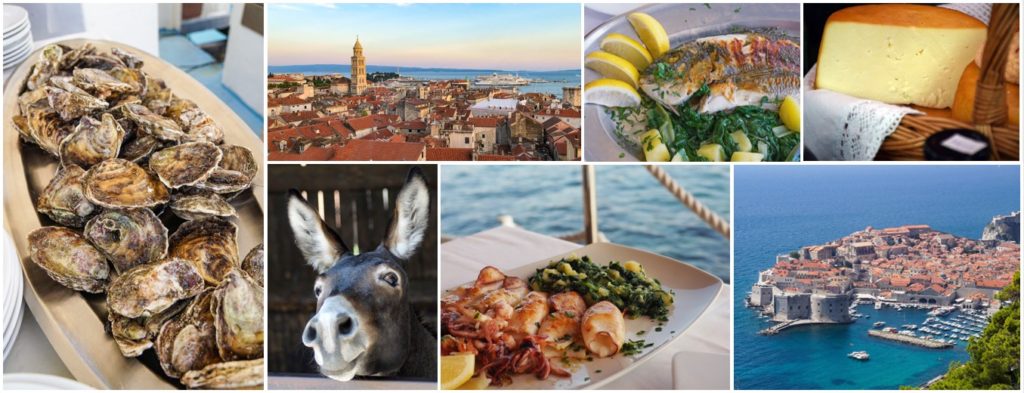
The region of Dalmatia
- Mediterranean cooking at its best! Fish and octopus so fresh you may have swum with it earlier that day, simply grilled to perfection.
- The famed oysters of Ston are known as the best in the Mediterranean. The ancient oyster beds allow you to taste fresh oysters straight from the sea
- The Island of Pag – one of the biggest islands of the Adriatic, is about sea-salt and lace, and, the gold medal winning, best hard cheese Paski Sir (Pag Island cheese).
Paski Sir is produced from a unique breed of small sheep – known for their intensely salty and limited milk output. - Donkey milk, similar to human mother’s milk and rich in vitamins, has numerous medical benefits. One of my favorite family farms on the Peljesac Peninsula produces donkey milk. Their animals can be visited before a meal at their konoba.
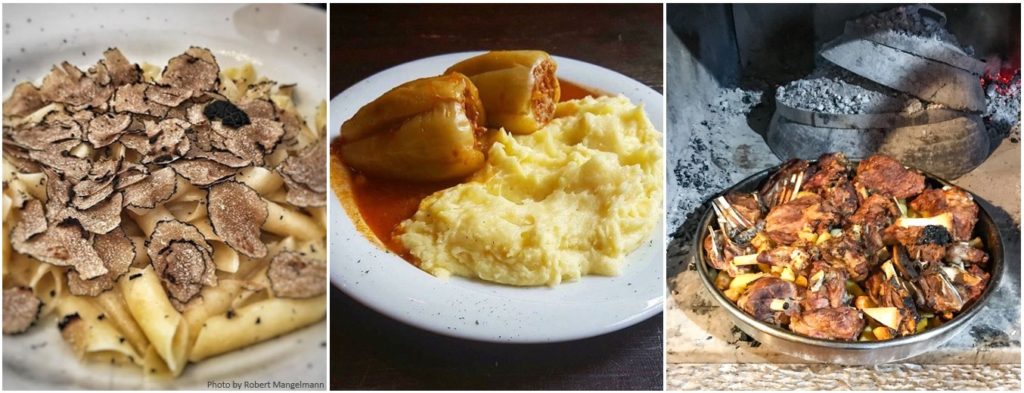
Tara: Wow, that all sounds so delicious. So, what one dish should every visitor to Croatia should try in each of those regions?
Wanda: Only one in each region? It’s hard to narrow down! But I think I would recommend the following… .
- In Istria, try Fuži – the fresh, handmade pasta of Istria, enveloped in organic butter and covered with white, shaved truffle.
- In Zagreb, try Punjene Paprike – Croatian stuffed peppers, a dish central to cuisine in the region around Zagreb, yet found throughout Croatia. It is a dish I always crave when I am there.
- In Dalmatia, try Peka – Seafood specialties, or meat (usually veal, lamb or goat meat), sprinkled with local olive oil, herbs and organic mix of seasonal vegetables are slow -cooked “Under the Bell” covered in embers, stewing in their own juices and aromas.
And one bonus suggestion…
- Škampi na buzaru – (this is not shrimp scampi) is one of my personal favorites and can be enjoyed anywhere along the coast, though it is best with the scampi from the region of Kvarner. The sauce of white wine, shallot and bread crumb will have you soaking up every drop with fresh bread.
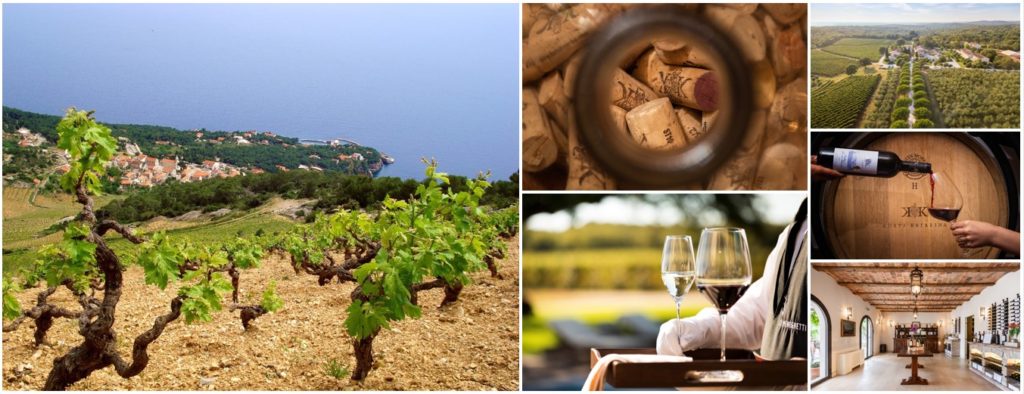
Tara: What about wine? Are there wine trails in Croatia for people to visit? If so, what areas do you recommend?
Wanda: Every region of Croatia produces their distinct, interesting wines and developed regional wine trails.
- Region of Istria – World recognized and appreciated are the blond Malvasia, the queen of the wines of Istria, and my favorite ruby red Teran. The Villa Meneghetti is a lovely place to taste an Istrian vintage and have a delicious meal.
- Peljesac Peninsula – the wines of Peljesac are renowned and considered to be the country’s finest wines: Dingač, Plavac Mali, Postup. We love taking in the views at the Korta Katarina Winery while doing a tasting.
- Island of Korcula – Posip, Grk and Plavac Mali
- Island of Hvar – Hvar has a centuries old legacy of winemaking – Visit the site of the oldest continuously farmed agricultural plot on Earth, the Ager, which is now a UNESCO World Heritage site.
- Slavonia – Grasevina, Chardonnay, Sauvignon blanc, Merlot, Cabernet Sauvignon
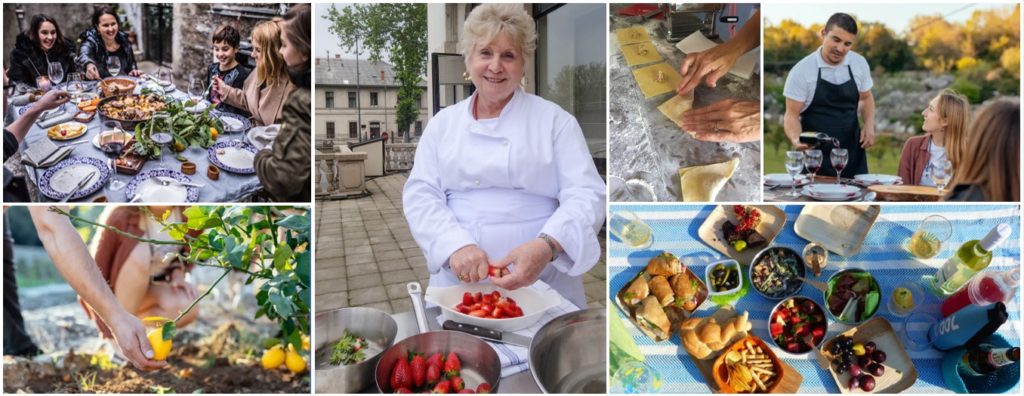
Tara: In addition to the truffle hunt you mentioned earlier, are there any other culinary experiences that you can offer guests traveling with Tasteful Croatian Journeys?
Wanda: As you know, all of our itineraries are tailor designed to suit the needs and interests of the individual traveler, so we often create bespoke food experiences as per the requests of our client. Our connections afford us special access to the country’s best chefs. Additionally, we offer cooking experiences around Croatia, from the private home of a celebrity chef in Istria, to a local konoba in the Konavle Valley. The truffle hunt, as mentioned earlier, is certainly a highlight, as is a visit to the spectacular Bibich Winery for their tasting menu with wine pairing. We can also arrange visits to a cheesemaker on the island of Pag, dinner with a local family in Dubrovnik, or a hilltop picnic at sunset on Mount Srđ. The possibilities are endless, and we are here to make them happen.